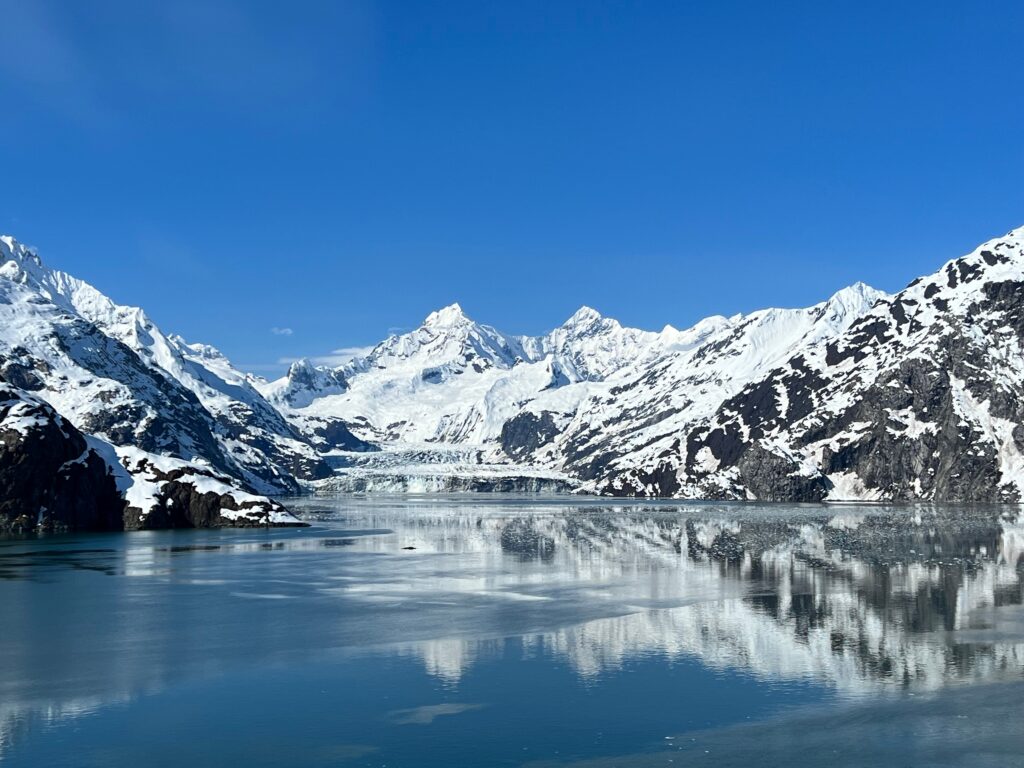In the Cilo Mountains, located in southeastern Türkiye, glaciers that have existed for approximately 20,000 years are melting at an alarming rate. These ancient ice formations, which sit at an elevation of 4,135 meters above sea level, are slowly disappearing due to climate change and human activity. Scientists are concerned that, if current trends continue, these glaciers could vanish entirely within the next two decades.
The Shrinking Glaciers of the Cilo Mountains
Over the past 30 years, Türkiye’s Cilo glaciers have experienced a staggering 55% reduction in size. Professor Faruk Alaeddinoğlu, a leading researcher from Van Yüzüncü Yıl University, attributes the rapid melting to extreme temperature fluctuations at high altitudes. Historically, these glaciers had thick ice layers that reached 200 meters in depth. However, the ice has thinned drastically, with the remaining mass now reduced to less than 50 meters.
Even more concerning is that the remaining ice is no longer solid. The glaciers are developing cracks, channels, and tunnels, which further weaken their structure. This degradation is visible to all who visit the site, and experts warn that these glaciers could disappear completely within the next 20 years if nothing is done to stop the process.
A Crisis Intensified by Human Activity
In addition to the impact of climate change, human activity is worsening the situation. The Cilo Mountains, which were designated as a national park in 2020, have become a popular tourist destination for hikers and nature enthusiasts. Unfortunately, the increased foot traffic on the glaciers is accelerating their deterioration. When visitors walk on the ice, they cause physical damage, and the weight of the visitors exacerbates the melting process.
Alaeddinoğlu believes that direct access to the glaciers should be restricted to reduce human impact. He suggests covering the glaciers with protective materials to shield them from further damage. Tourists, he says, should be encouraged to enjoy the natural beauty of the glaciers from a distance to preserve them for future generations. “These glaciers are part of our natural heritage,” Alaeddinoğlu emphasizes. “We must protect them not just for ourselves but for the generations that will follow.”
The Global Impact of Glacier Loss
The alarming situation in the Cilo Mountains is not unique to Türkiye. Across the globe, glaciers are shrinking at an unprecedented rate. According to the World Glacier Monitoring Service, glaciers worldwide have lost approximately 9,000 billion tonnes of ice since 1975. To put this into perspective, this amount of ice loss is equivalent to a block of ice the size of Germany with a thickness of 25 meters. The last three years have marked the highest rates of glacier mass loss ever recorded.
The World Meteorological Organization (WMO) reports that seven of the ten worst years for glacier mass loss have occurred since 2016. This significant decline in glaciers is contributing to a range of global challenges, including floods, water shortages, and rising sea levels. As glaciers melt, they release large amounts of freshwater, which can cause rivers to overflow and result in flooding. In addition, the loss of glaciers means that regions dependent on glacial meltwater for irrigation and drinking water may face severe shortages in the coming decades.
A Matter of Survival, Not Just the Environment
The loss of glaciers is not merely an environmental issue; it is a matter of survival for millions of people around the world. According to WMO Secretary-General Celeste Saulo, the continued melting of glaciers threatens not only ecosystems but also human communities that rely on glaciers for water. “Preserving glaciers is a matter of survival,” Saulo states. “The melting of glaciers will have cascading effects on human populations, especially those living in areas that depend on glacial water for their daily needs.”
The Cilo glaciers, like many others around the world, are crucial to maintaining the balance of local ecosystems. They provide a source of freshwater to surrounding areas and help regulate the region’s climate. As these glaciers continue to shrink, local wildlife and communities will face significant challenges. For instance, farmers who rely on glacial meltwater for irrigation may see crop yields decline, while communities that rely on the glaciers for drinking water may experience water scarcity.
The Need for Immediate Action
The loss of glaciers in Türkiye’s Cilo Mountains highlights the urgency of addressing the global climate crisis. Experts agree that immediate action is necessary to slow the rate of melting and preserve these natural wonders. The Cilo glaciers, though currently facing significant threats, can still be protected if swift measures are taken.
In addition to reducing human activity in sensitive areas, global efforts to combat climate change are essential. Reducing greenhouse gas emissions, promoting renewable energy, and implementing conservation practices are key strategies to mitigate the effects of global warming on glaciers. If these actions are not taken, the world could face even greater environmental challenges in the coming decades.
A Call for Global Action
The rapid melting of glaciers in Türkiye’s Cilo Mountains is a stark reminder of the global climate crisis. These ancient ice formations, which have survived for thousands of years, are now on the brink of disappearing due to rising temperatures and human impact. Scientists warn that without immediate intervention, these glaciers could vanish within the next 20 years.
This crisis is not limited to Türkiye. Glaciers around the world are melting at an alarming rate, with widespread consequences for both the environment and human populations. The loss of glaciers threatens water resources, contributes to rising sea levels, and exacerbates natural disasters such as flooding. It is clear that preserving glaciers is not just an environmental issue but a matter of survival.
To protect the future of glaciers and mitigate the effects of climate change, global cooperation and immediate action are essential.


